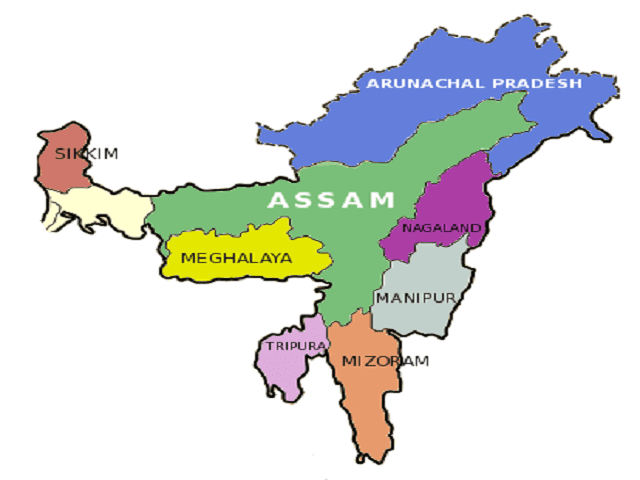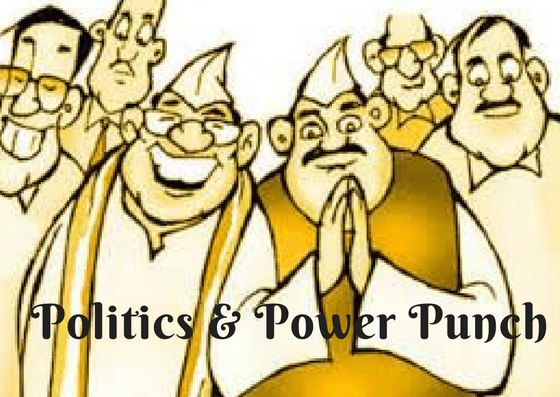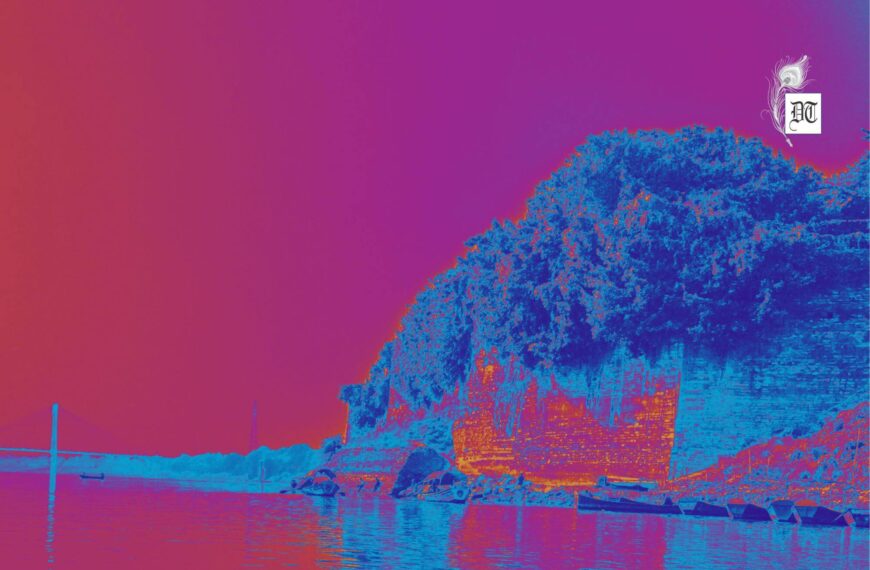Three northeastern states of Tripura, Meghalaya, and Nagaland go to polls in February, the Election Commission announced that counting will be held on March 3. It is going to be a contest to watch in each of these states as both Congress and BJP will attempt to make new inroads in each of the states, point out Navodita, our Associate Editor, in the weekly column, exclusively for Different Truths.
As the three northeastern states of Tripura, Meghalaya, and Nagaland go to polls in February, the Election Commission announced that counting will be held on March 3. It is going to be a contest to watch in each of these states as both Congress and BJP will attempt to make new inroads in each of the states. Tripura stands out in that it has the CPI (M) as the ruling party with Manik Sarkar as one of the longest-serving chief ministers. INC is in power in Meghalaya with 29 seats while in Nagaland Naga People’s Front is the ruling party with 38 seats.
The Chief Election Commissioner A.K. Joti said that more than 25.69 lakh people in Tripura, 11.89 lakh in Nagaland and 18.30 lakh in Meghalaya were eligible to vote. Each of the three Assemblies has 60 seats. The terms of the Meghalaya, Nagaland and Tripura Houses are ending on March 6, March 13 and March 14 respectively.
One issue that will be in the forefront in each of these states is that of development and ability of the governments to retain indigenous nationalism. Of these Tripura has a long history of existence as an independent feudal state from the middle ages almost down to their annexation by the British in the 19th century. However, Nagaland and Meghalaya are all categorized as scheduled tribes and were carved out of British Assam as inherited after partition in 1947, following intense popular movements. Ethnogenic mixing proceeded along rather simpler lines especially in the northeastern state of Meghalaya. One is the formation of Lyngngams as a result of mixing of Khasis and Garos here. Lyngngam is the ethnonym of the people according to the Khasis, while the Garo term for the same people is Megam. Lyngngam villages occur in the northwestern parts of the West Khasi Hills district and in the adjoining northeastern parts of the East Garo Hills district. Even the Land Reforms Commission (1974), which sought to define the term ‘Khasi’ has left the question open who are to be designated as Khasis. However, in Khasi Hills, Lyngngam take up Khasi language for study in schools.
Similarly, close to Nagaland there are a number of meta-ethnolinguistic entities all belonging to the South Mongoloid racial stock and Sino-Tibetan speech families like the Naga meta-ethnolinguistic entity comprising twenty or more ‘Naga’ ethnoses, Mizo meta-ethnolinguistic entity, Bodo entity, the Mising group of Assam and the Khasi-Jaintia group which uses Austroasiatic speeches. In India, Nagas are divided into twenty or more groups speaking as many mutually unintelligible languages belonging to the Assam-Burman sub-branch of the Sino-Tibetan speech family. One of the foremost factors that promoted interethnic integration among these groups and converted them into a meta-ethnic entity was the acceptance by a cross-section of these people of a common speech medium, Nagamese. The Nagas who are exposed to the outside world adopt Assamese as their second language and this development reflects the innate urge of the Naga people for unification. If this bilingualism is undermined, the unity of the Naga people in all probability will fall to pieces. Recently replacement of English by Assamese as the medium of instruction from the middle school stage onwards for students belonging to the various Naga and other underdeveloped minority communities of the state has been suggested as a development that could accelerate national processes in this state.
One major task for each political party in the state is to integrate these nationalities and ethnic groups under one head and make them feel a part of the country. Out of these Tripuri nationalism stands out as very prominent since 1949 due to rising Bengali immigration in the state. Tripuris have been reduced to a 30% minority due to the Bengalis’ rising population, which of course means availing benefits and jobs which mostly go to Bengalis. The issue has led to several armed uprisings and terrorist activities. Armed rebellion was mostly led by National Liberation Front of Tripura (NLFT) which was classified by National Memorial Institute for the Prevention of Terrorism as one of the most active terror groups since 1989. There are several other political and military groups here like the All Tripura Tiger Force, Indigenous National Party of Tripura, Indigenous People’s Front of Tripura, National Liberation Front of Tripura, National Socialist Party of Tripura among others. It is going to be crucial to understanding the right to self-determination of each of these states’ citizens.
Meanwhile, in the Meghalaya polls on February 27 the State Election Commission has asked all the banks to monitor and submit reports on ‘unusual’ and ‘suspicious’ cash transactions exceeding Rs. 1 lakh by candidates and their spouse to check cash flow. A direction in this regard was given after a meeting held by State Chief Electoral Officer F.R. Kharkongor with banks operating in Meghalaya. As many as 36 banks are operating in Meghalaya including the State Bank of India, Meghalaya Rural Bank, and Meghalaya Cooperative Apex Bank. The CEO made it necessary for all banks to share information regarding suspicious cash transaction through banks exceeding Rs. 1 lakh.
Ahead of the elections, BJP is already in action and Ram Madhav, BJP general secretary in charge of the northeastern states announced that the party is open to alliances in the state and is considering negotiations over the Naga accord. In Tripura, too, the BJP, he said, is willing to implement the 7th Pay Commission once they come to power instead of the 4th Pay Commission which is applicable for all government employees in the state currently. The message is out and clear- one needs to reach out to the locals there and if Modi manages to do that here like he did ahead of the UP elections, he may just be in for power in these states, too, which will make way for easy success in Lok Sabha elections.
©Navodita Pande
Photos from the Internet
#Modi #Congress #BJP #Nagaland #Tripura #FebruaryPoll #ElectionInIndia #Meghalaya #NationalLiberationFrontofTripura #Khasi #Garo #CPIM #LokShabaElection #ElectionCommissionOfIndia #PoliticalPowerPunch #DifferentTruths









 By
By
 By
By

 By
By